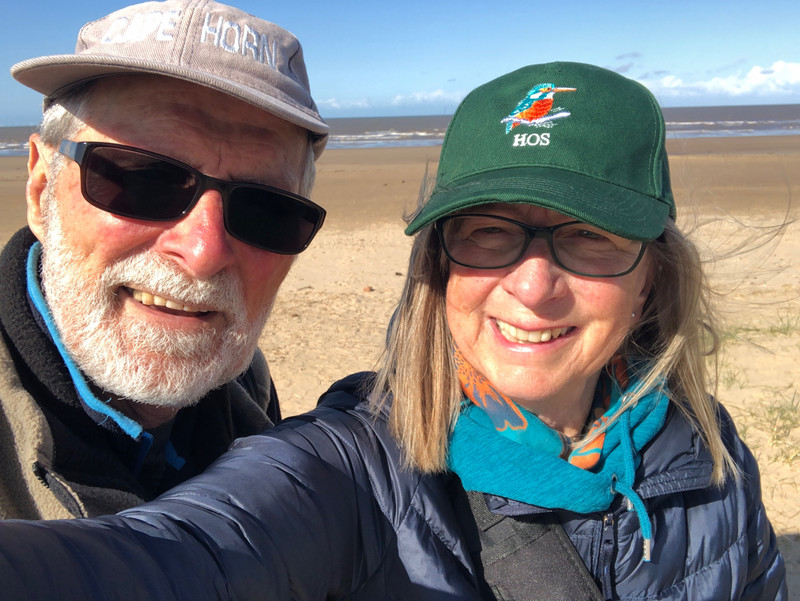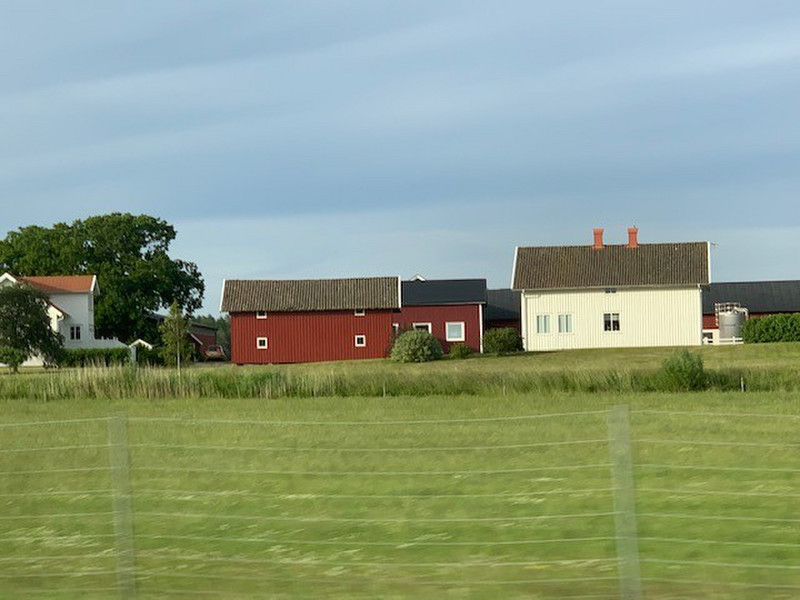We have enjoyed our journey around North Norfolk and have returned to several of the nature reserves as each time you visit you spot something different. There are so many reserves to see but we really enjoyed both Cley Marshes (NWT)and Titchwell Marsh (RSPB) so visited these sites on more than one occasion.
On our second visit to Cley we also walked around Walsey Hills NOA. This small reserve is situated just to the south east of Cley NWT so can easily Being located close to Cleys East Bank, the site offers superb views across the coastal marshes and across Snipes Marsh to the woodland of the North Foreland. On the day of our visit we came across a little Chiffchaff caught in a net and informed the local ranger who caught him to ring. However she said that it was the same one she had ringed a while ago - the little chiffchaff seemed quite happy to stay on her hand before flying off - hope he stays clear of the net this time. Bird ringing generates information on the survival,
We enjoyed a visit to Attleborough to meet Pauls cousins and on arrival back at our holiday we were surprised by a muntjac deer enjoying the vegetation in the garden - in fact we often spotted deer or hares in the garden enjoying the grass - didnt really need anyone to mow the lawn such a lovely spot. We have never seen so many deer as well as hares they must be making Butterflies were also starting to emerge as the weather was warming up and I was delighted to spot several beautiful males one of my favourites.
On one visit to Titchwell we were really lucky and spotted the illusive Bearded Reedlings (Bearded tits). I just love the colour of these birds and was really disappointed that after seven visit to a local reserve in our home county of Hampshire never to spot them but we did eventually get lucky on our eighth visit .. At Titchwell we saw them on our second visit
and could not believe our luck - a group of the birds were foraging along the reed bases and caught our eyes.
A striking bird that lives in the tall reed beds they look like no other species and are quite a unique bird. They have bright plumage, a long tail, and yellowish bill; the male has a head and broad black moustaches on its face - hence its name, bearded reeding or bearded tit. Not easy to see amongst the tall reeds they blend in perfectly but they do up to feed on the reed bed edges, often very low down and if you are really lucky you will spot them nearer the top of the reeds as we did.
On our way back to our car we spotted a group of firemen making their way along the path, apparently a couple had ‘strayed on to the salt marsh and got stuck These silly people had caused so much trouble and expense, involving four fire engines and two police cars to get the couple to safety!!
Our on the edge of the village of Saxlingham was quite isolated and extremely peaceful. There was not much in the village just a few large houses and of course the usual village church, although this was rather to many of the other nearby village churches, that being said it was rather grand for such a sleepy village. We enjoyed several walks directly from the particularly one that took us across several fields and through a wooded copse before arriving at Bayfield Hall - an 18th Century country house set in 120 acres of parkland. The hall was quite magnificent with a tranquil river running along the front facade with the nearby ruins of the medieval church of Saint Margaret, which was the parish church for the lost settlement of the village of Bayfield, which once stood around the now ruined church.
Norfolks history of wealthy landowners means a legacy of magnificent stately homes that are open to the public. Of course the most well known one is Sandringham which we passed on our way here, the Royal familys country retreat its a truly amazing building.









